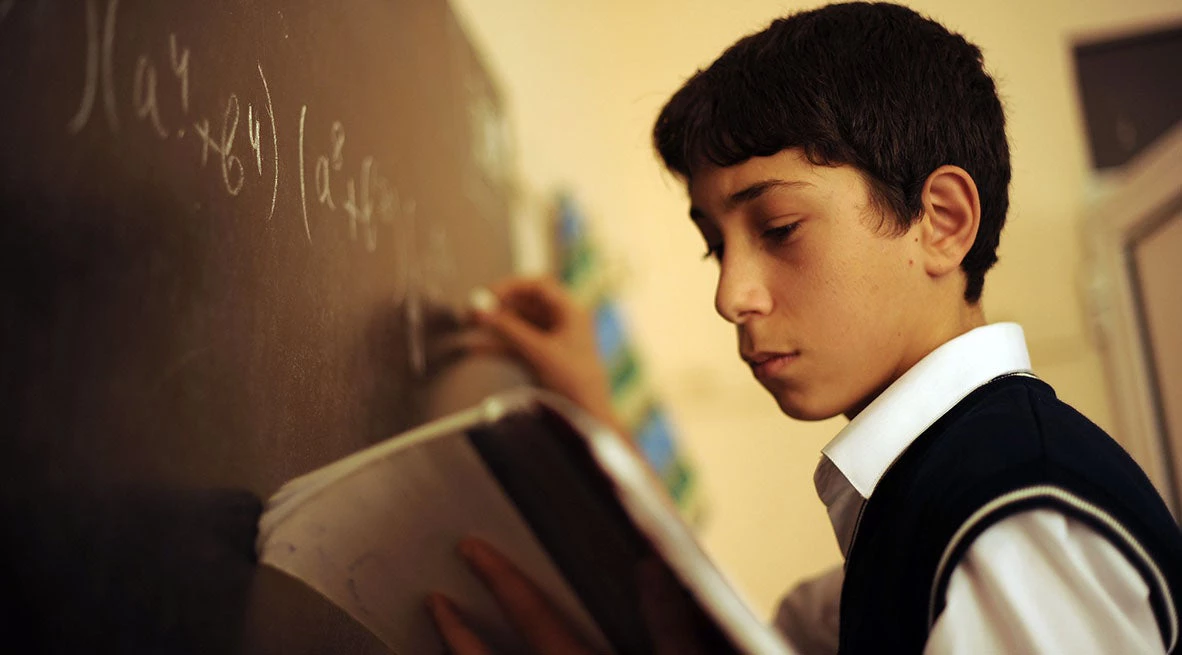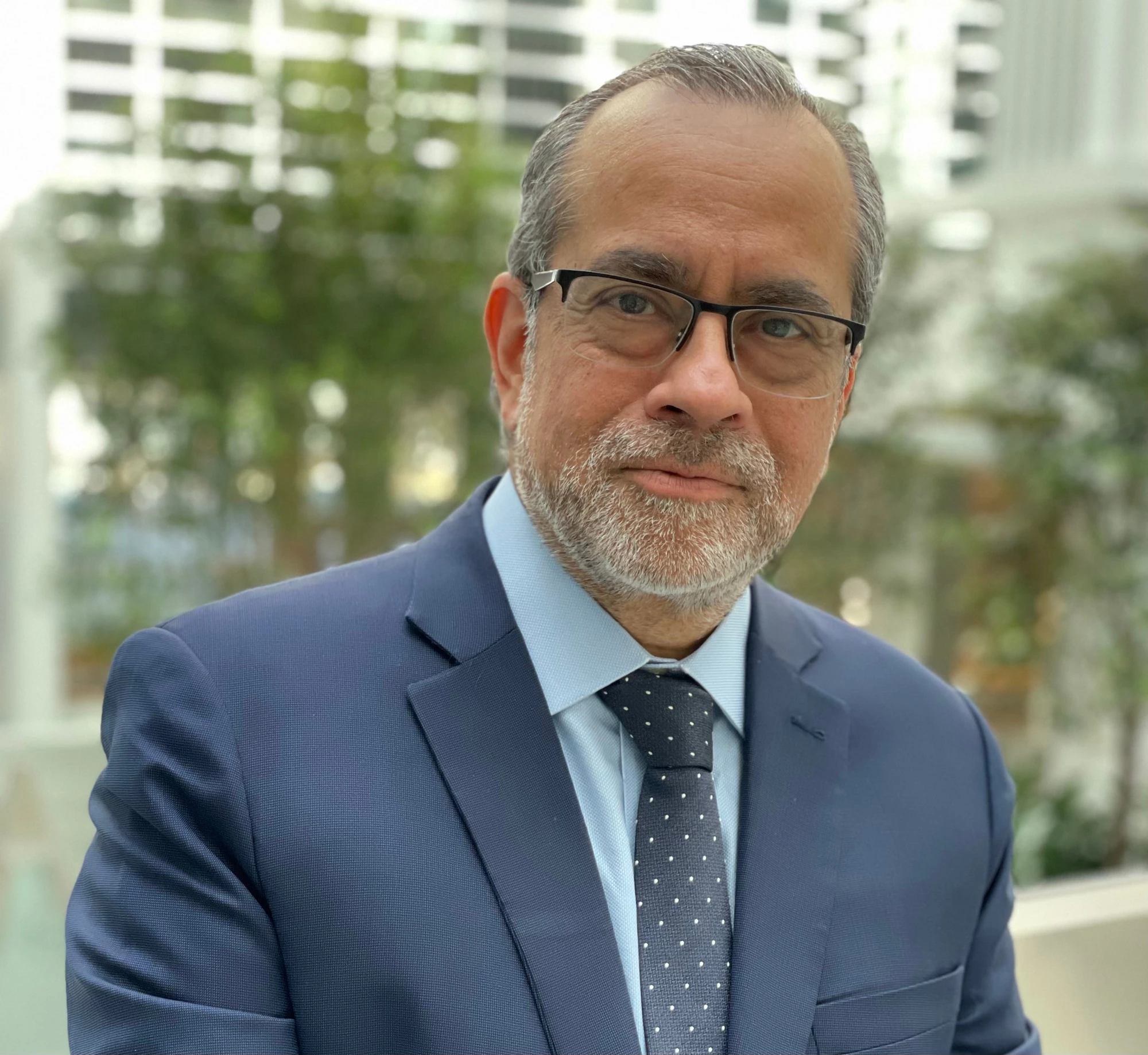When your house is on fire, you don’t worry about how big it is, the color of the paint on the walls, or whether the kitchen is too small. You just focus on putting out the fire. In the education sector, our house is on fire. The COVID-19 pandemic has been the worst shock to education systems in a century, with the longest school closures combined with the worst recessions in decades. More than 1.6 billion children have lost instructional time for many months at a time, if not for much of the last year, and many children are still not back in school. School closures and the resulting disruptions to school participation and learning are projected to amount to losses valued at $10 trillion in terms of affected children’s future earnings.
We need to put the fire out right now. Children’s learning has suffered immensely. And because the Education sector also provides health, nutrition, and psychosocial services, the overall welfare of children has declined substantially. Their recovery should start immediately. This is why UNESCO, UNICEF, and the World Bank are launching a joint mission – Mission: Recovering Education 2021 – focused on three priorities: bringing all children back to schools, recovering learning losses, and preparing and supporting teachers. We commit to working together as multilaterals on these priorities and to supporting countries more directly in their efforts to bring children back to school and get them back on track to learning. These priorities might not give you your dream house; they are meant to put out the fire first.
For each priority, we have set ambitious targets. We will track progress on these through existing indicators following the SDG 4 monitoring framework, as well as more recent data efforts such as the UNESCO-UNICEF-World Bank joint Survey on National Educational Response to COVID-19 School Closures and the COVID-19 Global Education Recovery Tracker, a new tool developed in partnership by Johns Hopkins University’s eSchool+ Initiative, UNICEF, and the World Bank to monitor school reopening and recovery planning efforts in more than 200 countries and territories.
Priority 1: All children back in a safe and supportive school
The first priority is to get all children back in school for complete or partial in-person instruction before the end of 2021 – that is, to get back to pre-COVID enrolment rates. As of March 2021, more than 168 million children globally have been shut out of any form of in-person learning for almost an entire year. This figure does not include the children who have dropped out of school entirely as a result of the pandemic.
Experience from reopened schools around the world shows that schools can reopen, and take all possible measures to reopen safely, even when community transmission hasn’t been completely contained and vaccination coverage is low. Young children are not only less likely to transmit the SARS-CoV-2 virus than adults, but they are also less likely to suffer from severe forms of COVID-19 when they are infected. Moreover, mitigation efforts like masking, physical distancing, ventilation, and handwashing can effectively minimize disease transmission.
Schools do not just provide instruction for children; they play a critical role in child welfare and development as they also encourage children at-risk of dropping out to remain in school, they provide nutritious meals and vaccinations, and they connect children with psycho-social support, particularly children who may experience violence in their homes. Cut off from these services for many months -and in many parts of the world more than a year, children need to return to schools that provide comprehensive support to get their learning, health, and overall wellbeing back on track.
Priority 2: Recovering learning loss
Children around the world have lost substantial instructional time, which in turn will translate into substantial losses in learning. It can’t be assumed that when they return to school, students can easily return to their new grade with a curriculum that assumes they have mastered concepts from the previous year. Prior to the pandemic, remedial education, particularly in the poorest countries, functioned like a luxury good. It was rarely offered by schools serving disadvantaged populations, and when offered by more mature school systems, it was targeted to children at risk of failing.
Now, having lost months of instructional time, many students will need some remedial education. Just as the Great Depression in the United States helped mainstream acceptance of a publicly funded social safety net, let’s use the current crisis to expand and mainstream remedial education, with a focus on foundational literacy and numeracy skills. To the extent that digital technologies can support these efforts – for example, through adaptive learning software – education systems should direct them to this expansion in remedial education. Tutoring schemes may or may not be tech supported but might be important. By the end of this year, it will be imperative to see countries reporting that their schools in each level of education provide this kind of support.
In school, children are also learning how to learn and how to react to setbacks; they are developing their social-emotional skills. Recovering months of learning loss will also be challenging for them, requiring self-control, perseverance, and a positive self-image. Like remedial education, social emotional learning functioned like a luxury good before the crisis but now must be mainstreamed to get children back on track. Again, by the end of this year, we aim for countries to report that their schools have incorporated social emotional learning into their teaching.
Incorporating these elements will require important financial investments to avoid losing this generation, as well as creative managerial decisions of prioritizing elements of the curriculum, adjusting school days and school calendars, and expanding the workforce as needed.
Priority 3: Preparing and empowering teachers
Teachers are on the front lines in putting out the fire, and they will need support to do this. They need to help children (re)learn what they should have learned last school year as well as teach the current year’s curriculum. They will need training and possible additional support to implement remedial education and social emotional learning, as for many teachers, these will be new tasks. Similarly, teachers will likely need training on delivering instruction remotely or through hybrid approaches, as pedagogy for distance or digital learning would not have been part of their formal training. They need to receive a minimum set of tools and instruments to assess the learning levels of their students and estimate the support they need. All teachers should be prepared for remedial education, social emotional learning, and distance learning by the end of the year.
Teachers also have to worry about their own health. They face greater risks than children in contracting COVID-19, and they have a higher likelihood of suffering more severe consequences. Although available evidence suggests that schools are not more hazardous than other employment settings, it is imperative for all countries to prioritize teachers for vaccination, after frontline personnel and high-risk populations.
What will the partners do?
UNESCO, UNICEF, and the World Bank will join forces within countries to help governments and school authorities achieve this critical mission and engage with governments to prioritize education financing for these three priorities. In addition to the global tracking and monitoring of reopening and recovery, we will support countries as they measure learning both in the classroom and system-wide after schools reopen to have a clear diagnostic of students’ needs and estimate the magnitude of learning losses. We will also continue providing technical assistance and financial support for the return to school, for supporting classroom activities to accelerate learning and implement remedial education schemes, and for supporting teachers’ professional development, including the skills particularly needed for this crisis.
Early in 2022, we will assess progress on these three priorities. We hope we’ll be able to tell you that the fire in education has been contained and that we can focus increasingly on the longer-term task of rebuilding.





Join the Conversation